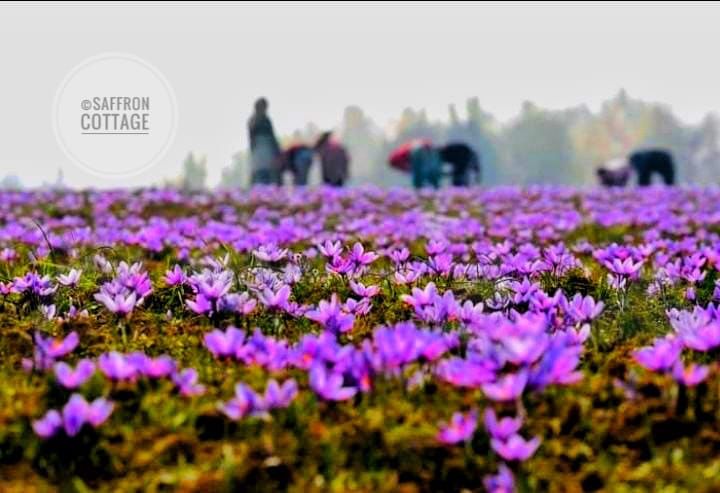Saffron, also known as the “sunshine spice,” has a long and rich history that dates back thousands of years. Here’s a brief history of this exciting spice:
Ancient civilizations: Saffron is believed to have originated in the eastern Mediterranean region and was used by ancient civilizations such as the Minoans, the Phoenicians, and the ancient Greeks. The spice was used not only for cooking but also for medicinal purposes, as well as for dyeing cloth and as a cosmetic.
The Roman Empire: During the Roman Empire, saffron was highly prized and was used to flavor dishes, as well as to dye cloth and perfumes. It was also used as a medicine to treat various ailments and was said to have been used by Cleopatra to maintain her legendary beauty.
The Arab world: After the fall of the Roman Empire, the Arab world became the center of the saffron trade, and the spice was introduced to various parts of the world through trade routes. It was used in cooking, medicine, and as a dye in the Islamic world, and its popularity only continued to grow.
The spice trade: Saffron became a valuable commodity during the medieval period, and the spice trade routes brought it to various parts of Europe, including Spain and Italy. The spice was used in cooking, medicine, and as a dye, and its popularity only continued to grow.
Modern times: Today, saffron is widely used in cooking and is grown in various parts of the world, including Iran, Spain, Italy, and Greece. Its popularity continues to grow, and it remains one of the world’s most sought-after spices.
In conclusion, saffron has a long and rich history that dates back thousands of years, and its popularity has only continued to grow over time. From its origins in the eastern Mediterranean region to its widespread use in cooking, medicine, and as a dye, saffron remains a valuable and highly sought-after spice today.
